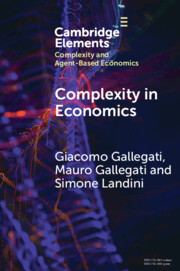Study of the behavior of landfill lining materials (clays) in organic solvents is important because, in waste management, lining prevents groundwater contamination by the adsorption of various pollutants such as chemicals and organic solvents. Although scaling behavior and the self-association property of clays in water-alcohol binary solvents have been studied by many researchers, the anomalous behavior of Laponite XLG in binary solvents requires investigation as suggested by previous studies. In the present study, Laponite® RD, which is structurally similar to Laponite XLG, was used to gain further insight into the reasons for the anomalous viscosity, aggregation, and non-ergodic behavior of clay in a water–methanol binary solvent. Dynamic light scattering (DLS) revealed the emergence of the non-ergodic phase of 3% w/v Laponite® RD in the water–methanol binary solvent, which increased in the presence of a large methanol content as well as with aging time in the binary solvent. Viscosity measurements further indicated that aggregation was responsible for the non-ergodic behavior, and small-angle X-ray scattering (SAXS) revealed that a large methanol content enhanced the aggregation. Moreover, SAXS data also revealed that the surface charge was responsible for anomalous viscosity fluctuations in the binary solvent due to interparticle repulsion within aggregates. Rheological studies showed that the large methanol content in the binary solvent led to frequency-independent behavior of the storage modulus of Laponite® RD.
